A portrait!
What could be more simple and more complex, more obvious and more profound. Charles Baudelaire – 1859
Portrait Photography (also known as Portraiture) is the name given to the type of photography that aims to capture a person or sometimes a group of people where the facial features and facial expression are the focal point of the photograph.
Discovering Portrait Photography
What looks seemingly straight forward can in fact often be quite the opposite. With portrait photography the success of the image, although largely based on the photographer’s talent with regards to lighting and composing, is also greatly based on other elements that are unique to portrait photography. The most notable of these elements being the relationship and interaction between the human subject(s) and the photographer.
Human beings are inherently unpredictable, emotional creatures. Therefore, unlike non-human photography, capturing the right expression and look for a portrait heavily leans on how the subject feels at the time. And this is largely determined by how well the photographer can aid the subject in feeling how he/she needs them to in that moment, in order to evoke the right expression and emotion from them for the shot, to create the image that’s needed.
As mentioned above, the photographers talent with regards to lighting and composing play a role, but unlike much other photography where the emphasis on unpredictable human expression and emotion are no way near as great, portrait photography plays on more than just the photographers raw photography skills.
Types Of Portrait Photography
So now that you know a bit about what portrait photography is, I thought it would be useful to give you a quick breakdown of the different types of portrait photography that exist, with the aid of a diagram (below). There is more than one way to slice and dice the different types of portrait photography and you may find that different photographers split them up differently or use slightly different terminology. However I find that the below is amongst the most common and most well understood ways of breaking down the different types of portrait photography.
The three main ways of splitting up portrait photography are;
1) By subject
2) By number of people within the frame
3) On the basis of the frame/shot.
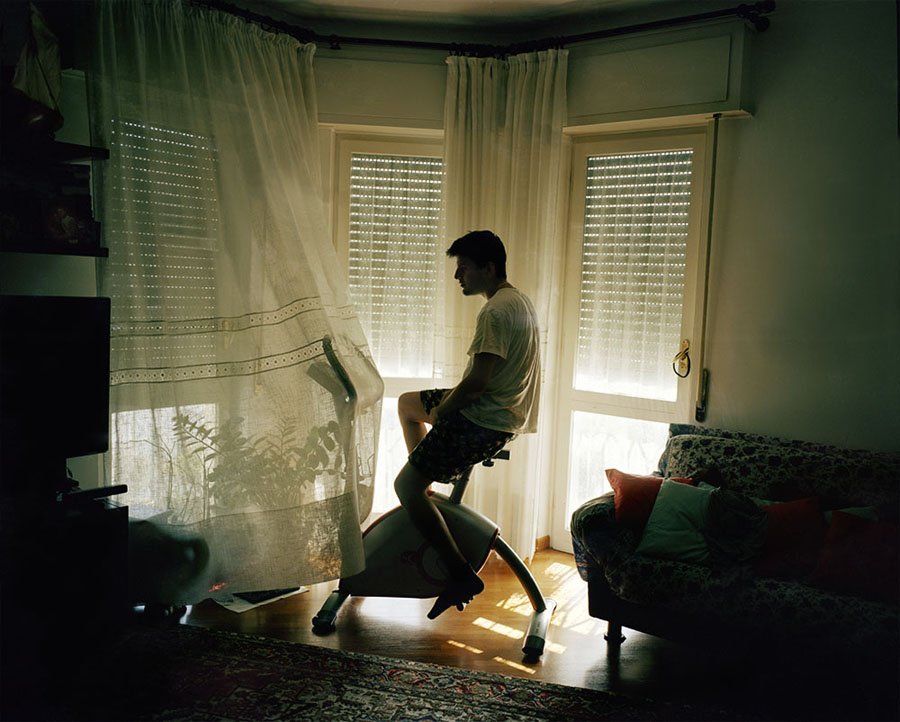
When our tutor Giulia Bianchi came back to Italy in 2011, she found a country where the economical crisis had a deep psychological impact as well. Taking the portrait of her brother, she was thinking of an entire generation without work and without hope for the future.
1) By Subject
Candid Photography – Candid portraits are where the subject(s) is generally unaware of the photographer being present. This type of photography is incredibly common in photo journalism and especially street and event photography. The photographer is aiming to capture the raw human emotions within the moment which usually results in a very natural and spontaneously interesting result.
Posed Portrait Photography – In stark contrast to candid portrait photography, with posed portrait photography the subject is fully aware of the presence of the photographer and there is often the selection of a specific body posture or costume for the image.
Formal Portrait Photography – This is much like posed portrait photography, but the only difference is that formal portrait photography surrounds business and other formal occasions.
Environmental Portrait Photography – An environmental portrait usually puts the focus on the relationship of the subject with their environment. Sometimes to the extent that the relationship between the subject with their environment is more important that the subjects individual facial expression.
2) By Number Of People Within The Frame
Individual Portraits – Just one subject in the frame.
Couple Portraits – The frame surrounds two people and their relationship. Couple portraits are quite a bit more complex than individual portraits.
Group Portraits – Group portraits can range from a family photograph all the way through to a large group company photo.
3) On The Basis Of The Frame / Shot
Close-ups – Pictures taken at a short distance, usually with the aid of a macro lens or zoom.
Facial Shots – A facial shot covers the full face. It’s usually up to the neckline, but can be slightly lower than this.
Upper Body Shots – Upper body shots usually only cover the area above the waist.
Full Body Portraits – Full body portraits cover from three quarters to the whole body.
Now, between these three elements (By Subject, By Number Of People Within The Frame, On The Basis Of The Frame / Shot) there is often quite a lot of overlap i.e. They do not operate in isolation. For example, there could be a candid, group, full body portrait. And for that reason I created the diagram on the below, so you can more accurately see the different type’s portrait photography at a glance.
Learning Portrait Photography
There are many ways to learn portrait photography. A number of very useful books have been published in the area. Alternatively there are a large number of online resources such as video tutorials and courses which you can use to learn simple to more complex portrait photography techniques on your own.
However there may actually be no substitute to a live, real life, hands on lesson from an experienced photography teacher. Having an experienced teacher take you by the hand and teach you live may not only enable you to cut out hours of unnecessary struggling, but due to the particular complex nature of portrait photography, live lessons may also be one of the best ways of overcoming the large initial learning curve and in nailing some of the more intricate portrait photography techniques.
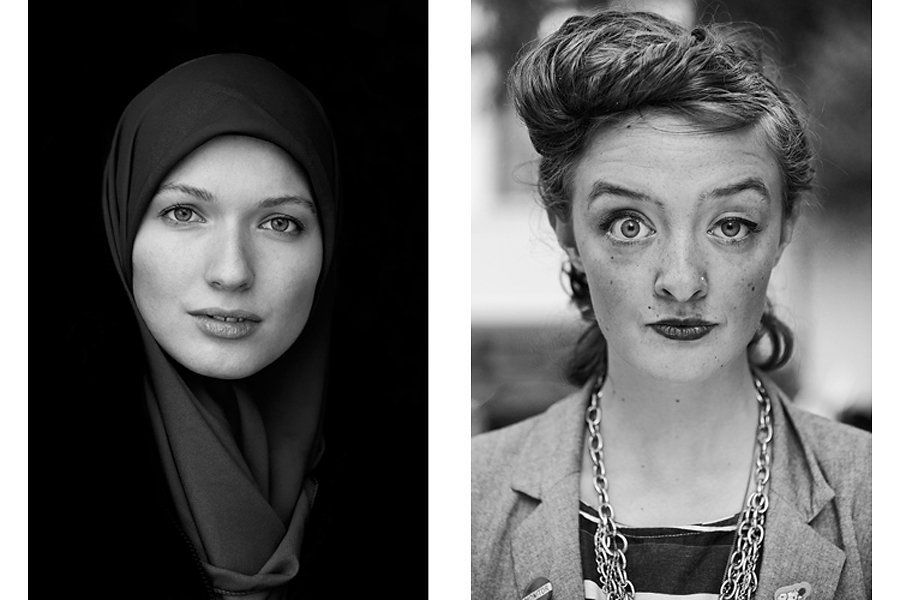
Our tutor Ion Paciu undertook the project “People I didn’t know” in 2012. “Portrait photography is hard work and requires establishing a strong relationship with your model in order to achieve the desired expression, to get the mood, to access the soul. It is not an easy job and many times you end up producing hundreds of images just to realize how difficult it is to get the story of a person across.”
Photoion London Photography School is one of London’s most established and highly regarded photography schools, having taught 1,800 students since its inception. Our experienced pro-active professional photography teachers have decades of combined knowledge and teaching experience. Join us and start taking your own amazing portrait photos!
We’re a small company and like it that way. It allows us to really do things the way we want. Which means giving every student the individual and focused time, attention and support they need. If we were a big school we simply would not be able to do this so easily. We are big enough to have the best equipment and teaching staff, but small enough to provide you with the individual care and attention you may need.
Our teachers all have a true passion for photography and are always learning more, which means they are at the bleeding edge of the photography industry, so teach the very latest in photography techniques, no matter which course you are enrolled on.
We are accepting signups for our Portrait Photography classes now. You can find out more and sign up by clicking here.

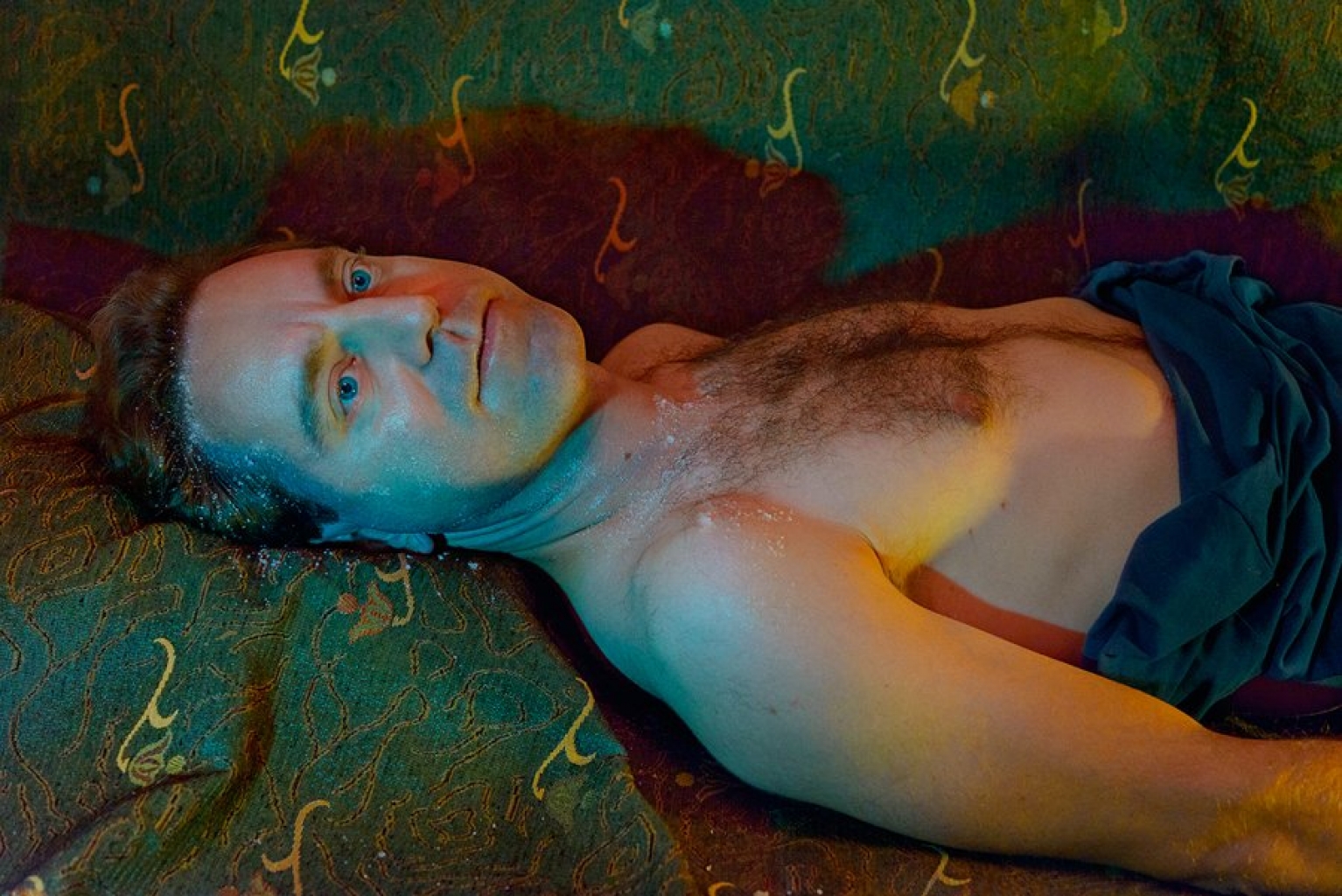
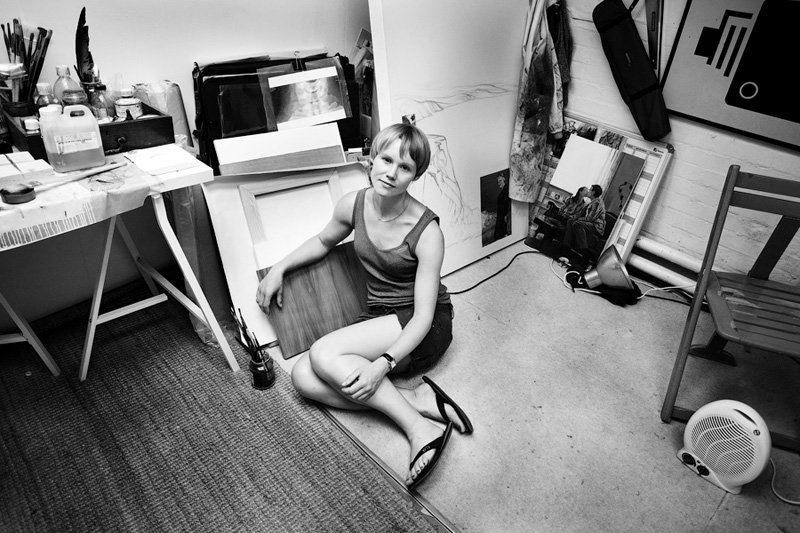
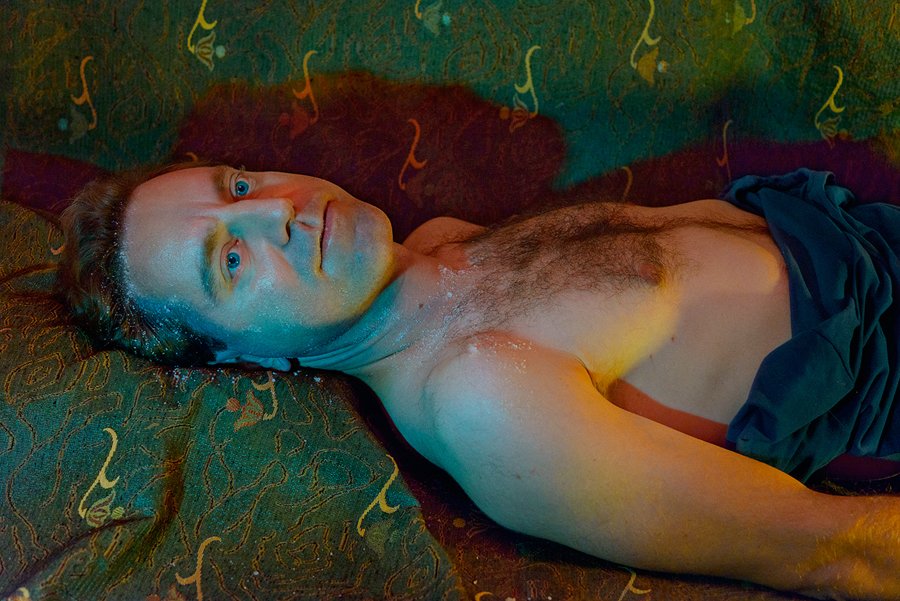
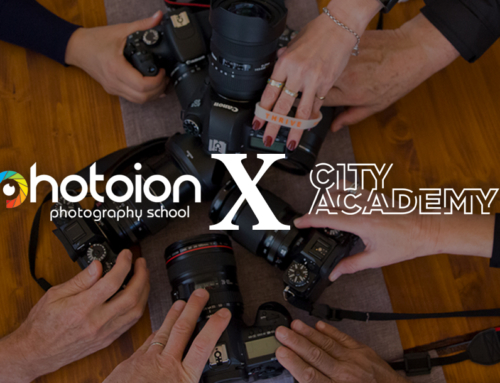
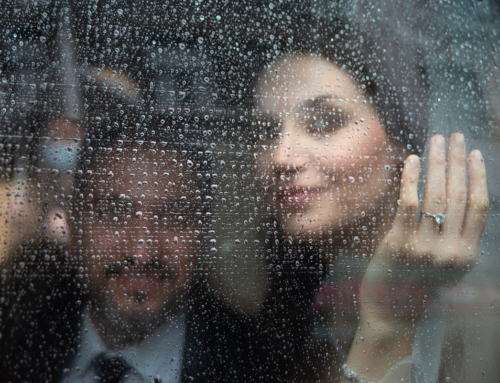
Leave A Comment